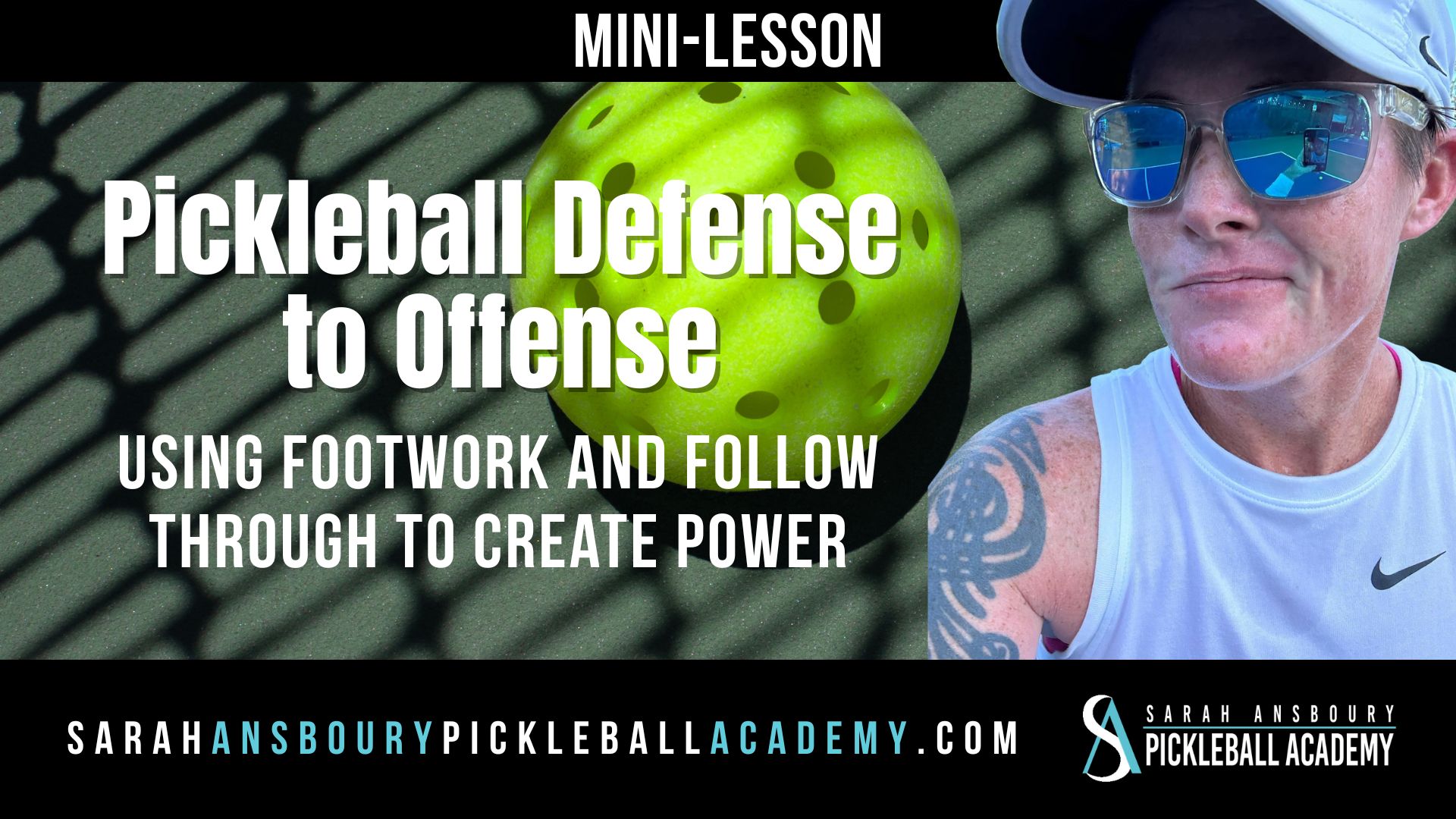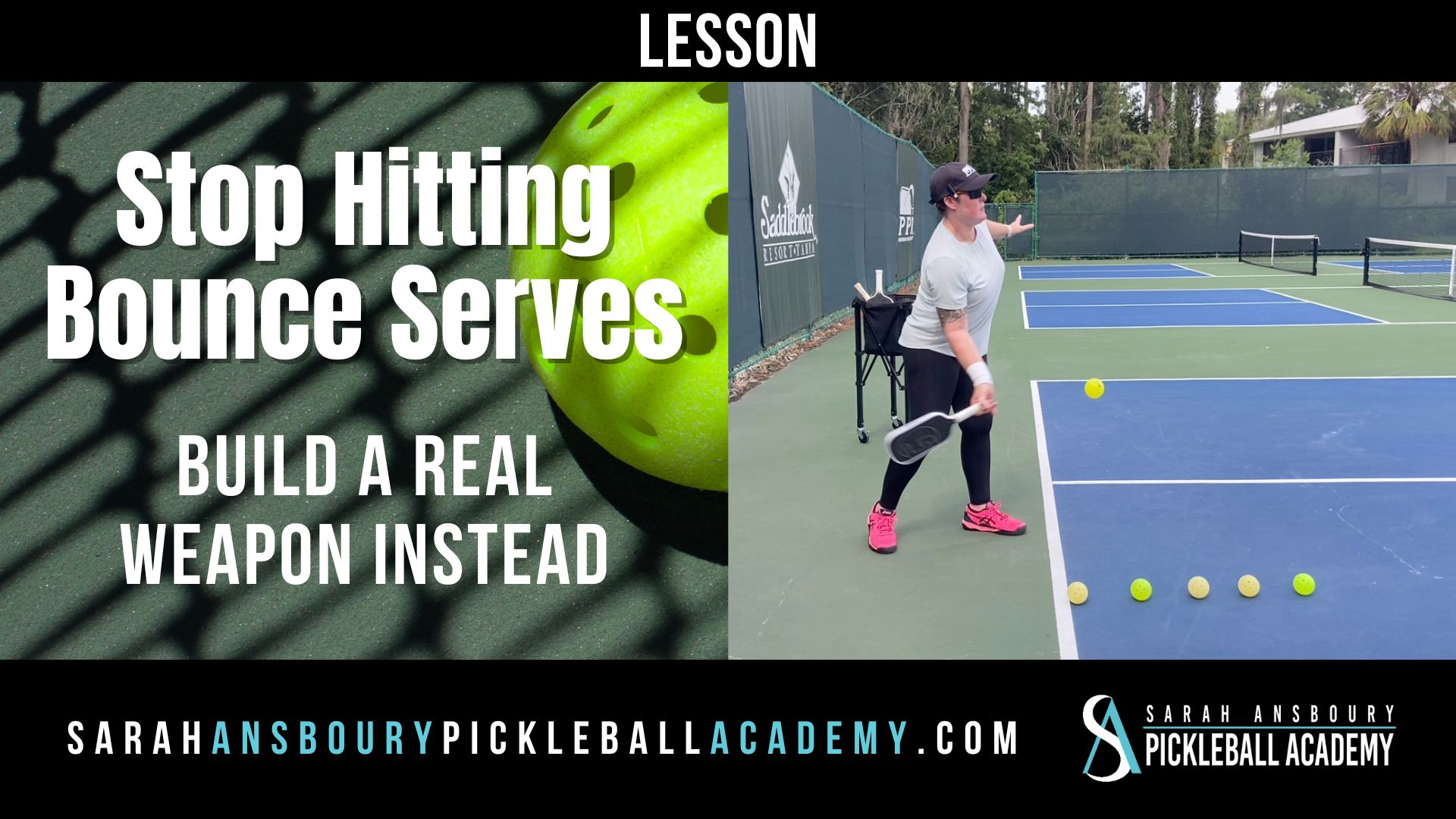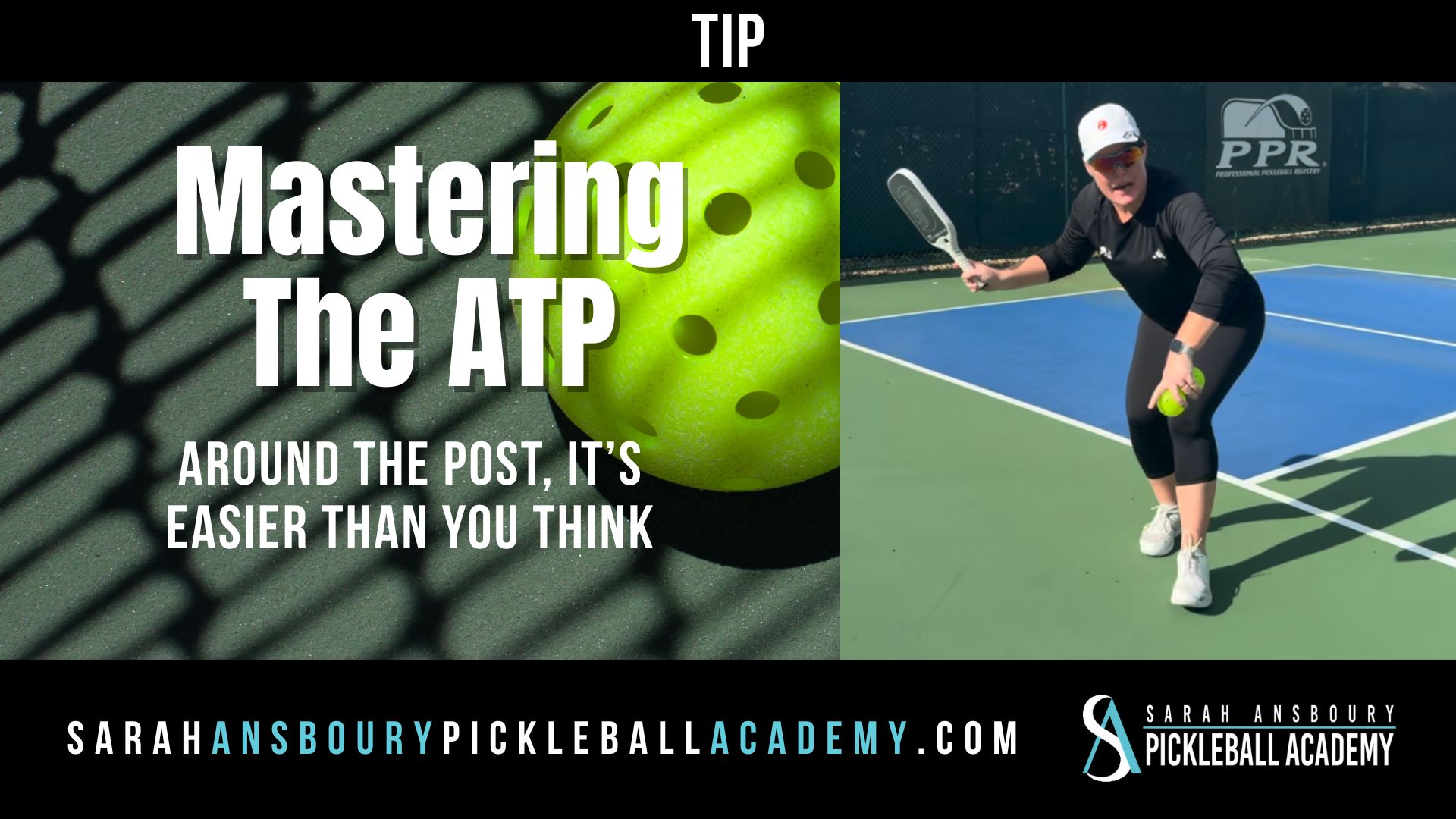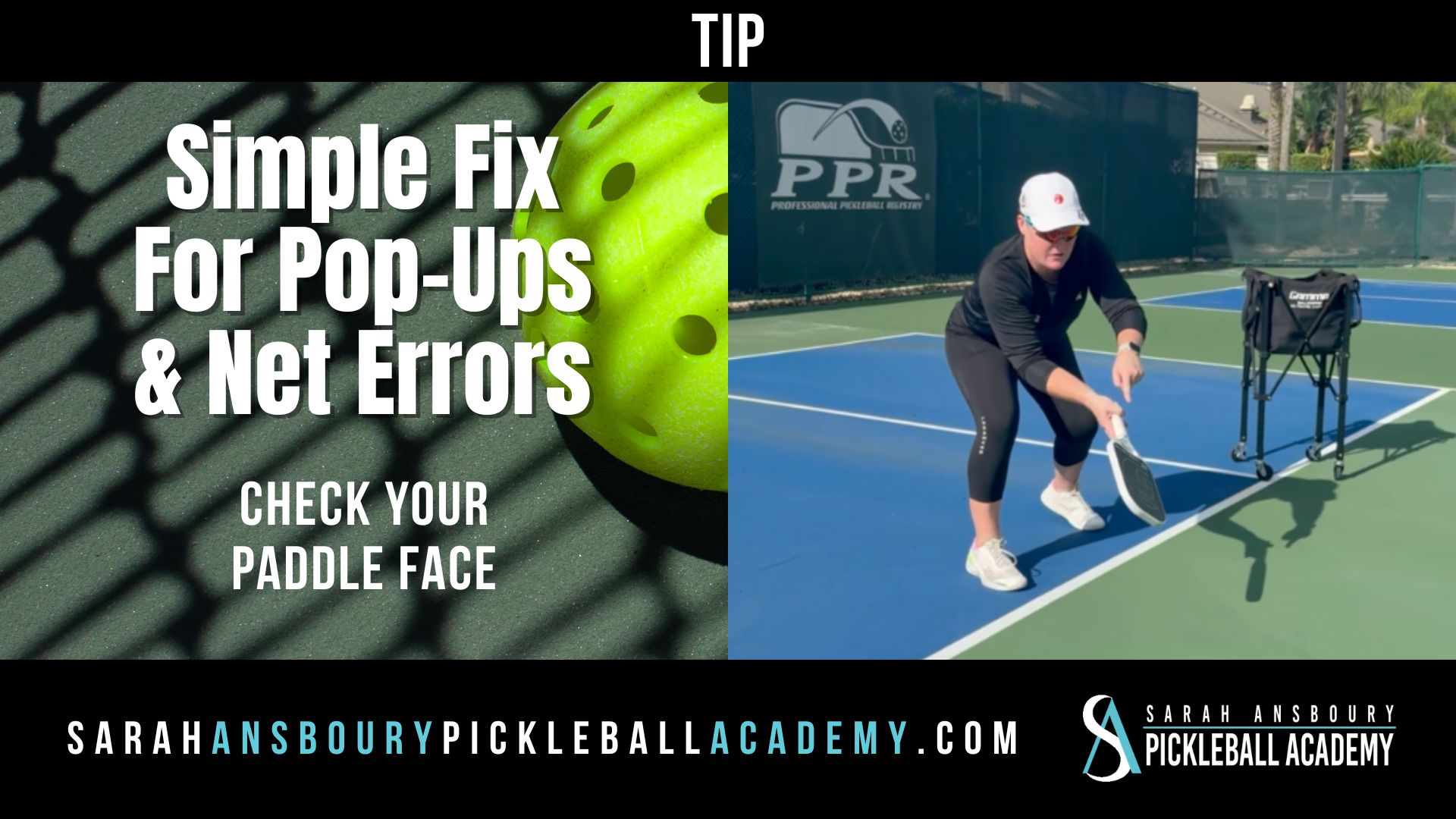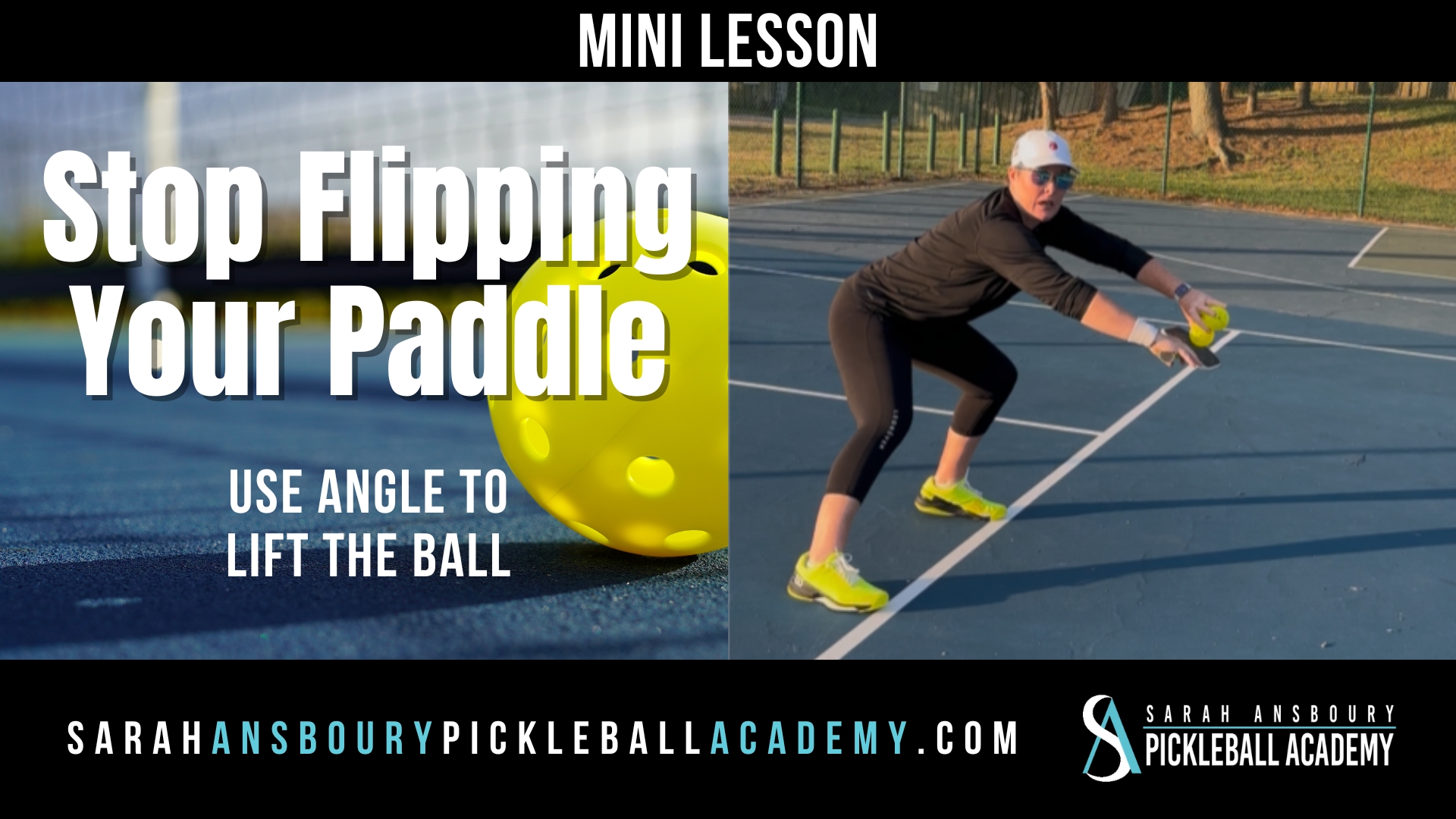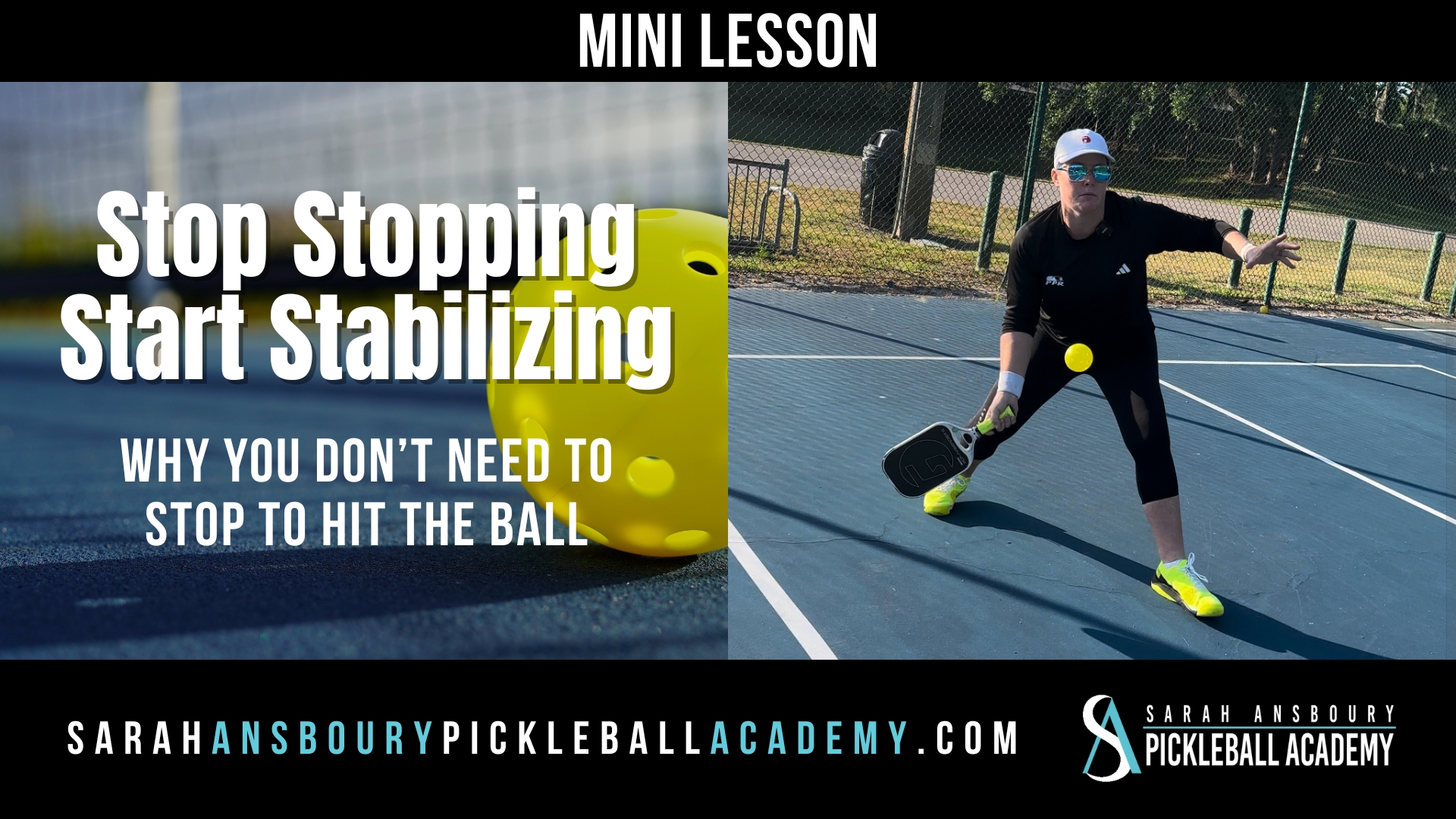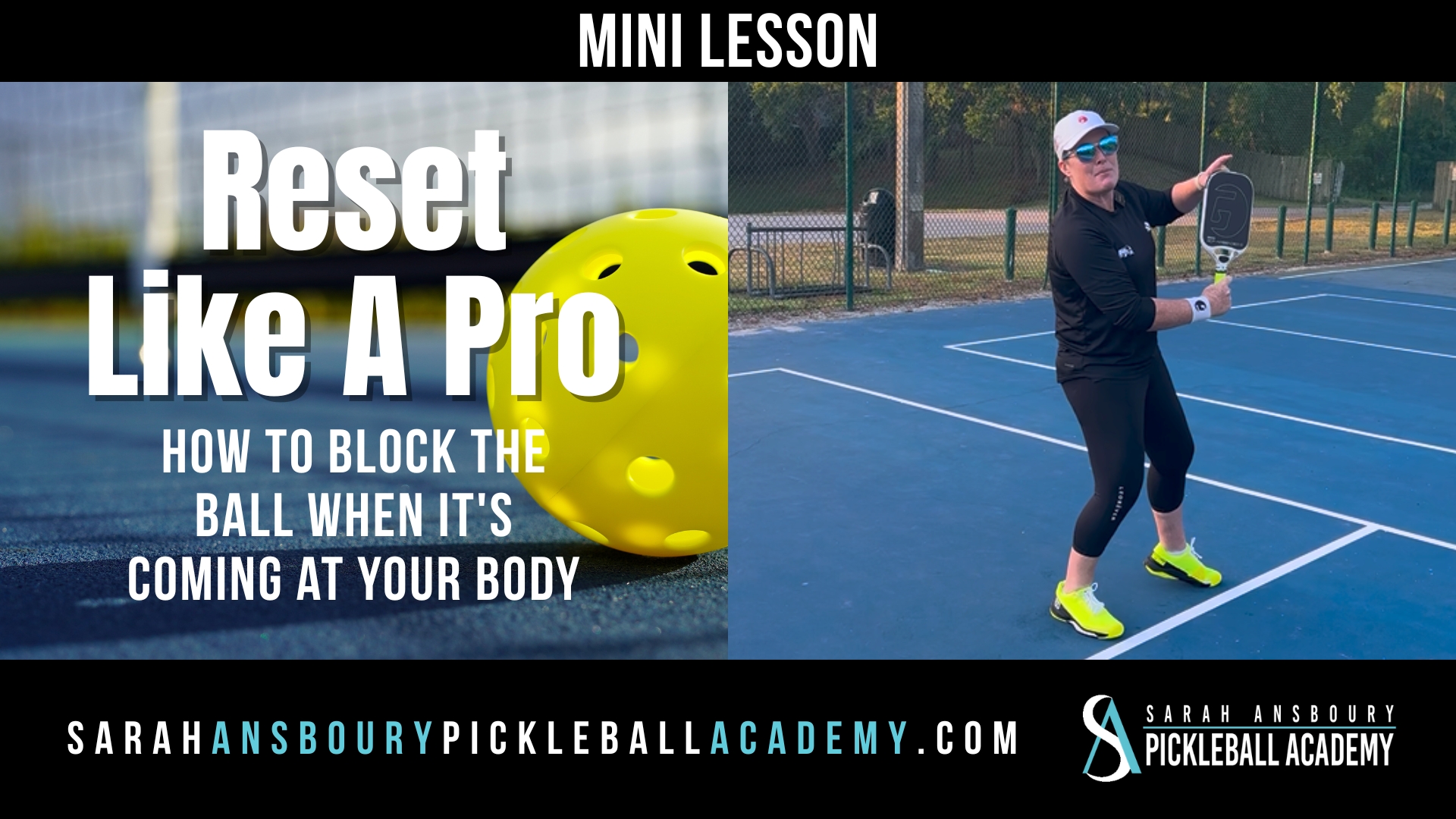The concept of stacking is new to many players and can be very confusing to a new player.
What is Stacking
Stacking is a technique or strategy used by some doubles teams to increase the number of times that players will have their forehand or backhands in the middle of the court. It is most often observed in teams which include both a right and left-handed player. The left-handed player typically starts the game on the right, or even, side of the court… thus covering the middle with both forehands.
However, some advanced teams of “like-handed” players utilize this strategy. For example, Christine McGraft and I use this strategy in part because of Christine’s strong backhand.
Stacking and Pickleball Rules
What makes stacking possible is the fact that there are NO rules in pickleball that govern what side of the court a player may stand or hit the ball, except when serving or hitting a return of serve. After that single shot, on either side of the court, all bets are off. Likewise, you can stand anywhere on your side of the court. If you wanted to you could stand inside the non-volley zone when your partner is returning serve… just don’t get hit by the ball or hit a volley while standing there.
Stacking Team is Serving
Taking the example of the right and left-handed team, let’s review how a team would utilize this technique when serving:
- Typically the left-handed player would start the game, 0-0-2.
- Assuming a point was awarded,1-0-2, the “start-server” would be required to move to the left (or odd) side of the court and serve from that position.
- Typically, their partner would stand to the left of the server (perhaps outside of the court) as their partner served.
- Upon hitting the serve, both players move right covering their respective sides of the court.
Again, the rules simply govern from what side a player must serve or return serve. As such, it is incumbent on the stacking team to know their assigned positions under the rules. If they become confused or wish to confirm their position during a refereed match, they may ask the referee certain questions to ascertain the correct position. If they were to serve or return a serve from the incorrect position, it would be a fault (resulting in a point or loss of serve).
Stacking Team is Receiving
Though there is no rule that requires you to stack while both serving and receiving, most teams do. Again, since there is  nothing in the rules governing where you must stand you have options:
nothing in the rules governing where you must stand you have options:
- Most advanced teams place the non-receiving player outside the court, near the non-volley zone line, on the side, they wish to cover. In the photo, we see Christine standing outside the court, near the non-volley zone as I return the ball. In this scenario, after returning the ball, I move to cover the non-volley zone on the left and Christine moves to cover the right side.
- Another option would be to begin by standing in the more conventional position and then have the players cross to their preferred side of the court. You may have observed a player at the non-volley zone line placing their hand behind their back either exposing their palm or clenching their fist. This signifies to their partner at the baseline, what they intend to do after their partner hits the return of serve. (This signal is also used to signify that a player intends to poach.)
It’s Good to Know
You want to understand stacking even if you don’t typically use it with your partner. Understanding the technique increases the number and ease with which you play with new partners during open or recreational play. It also may be something you want to consider and play with just to see if you have more success from one side of the court.
Keep in mind, you can choose to stack (or not to stack) on every single point. So if something isn’t working, perhaps you want to switch it up. I have also written about when and why you might stack.


